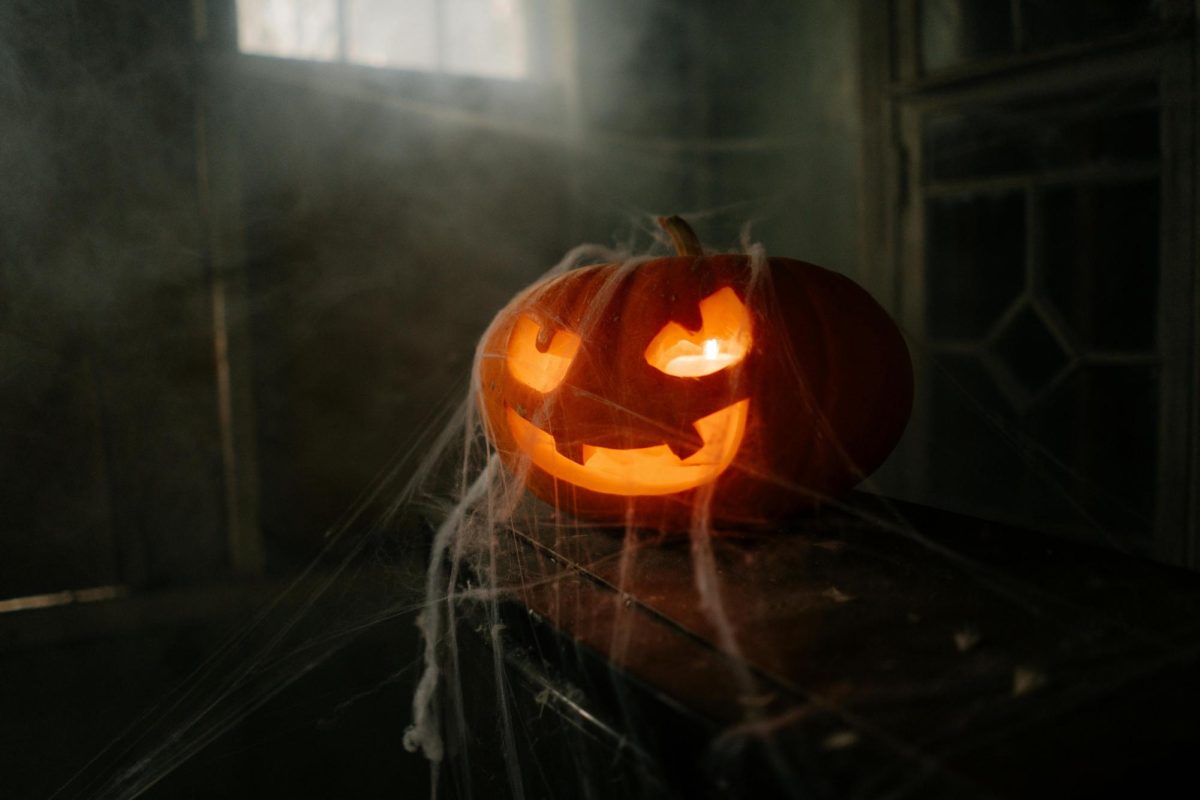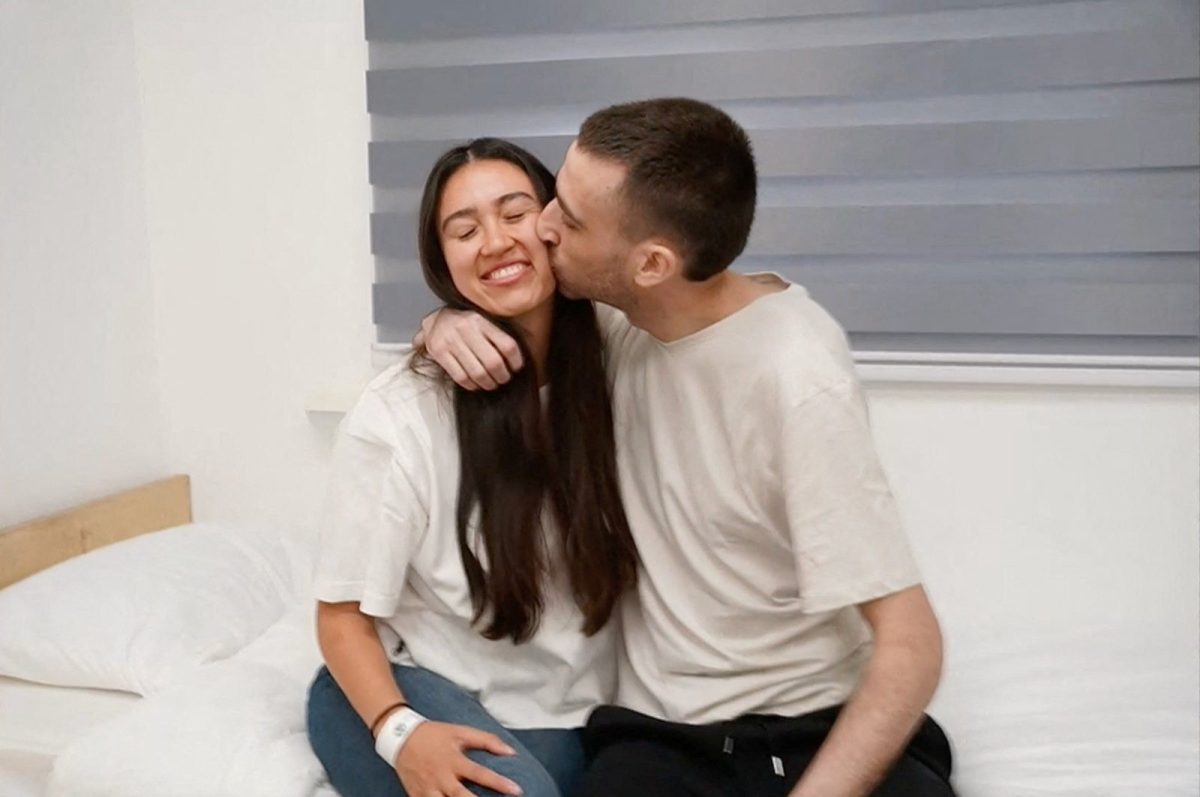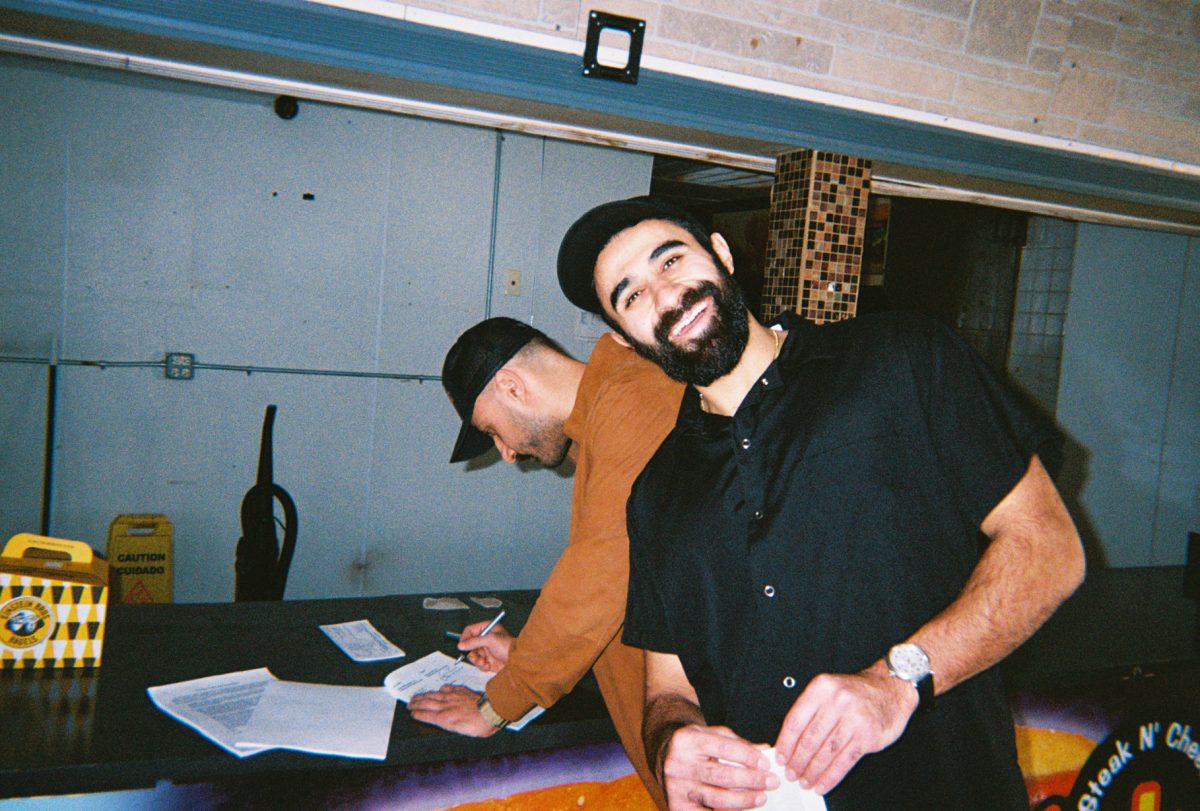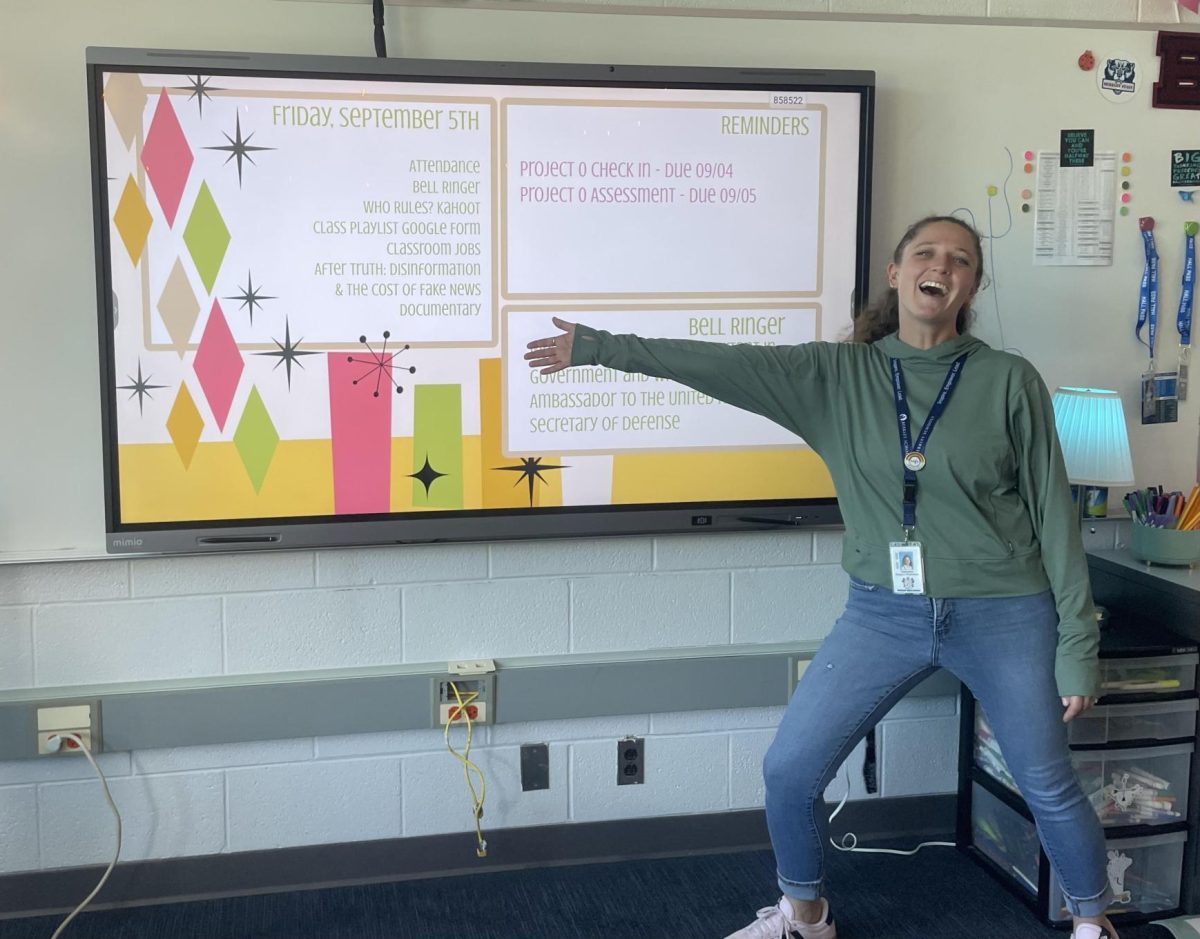As Halloween approaches, haunted houses, scary movies, and ghost stories take center stage. With the increase of creepy crawling feelings and chills up your spine, there is a true eeriness settling into the air. The Halloween season brings many great frights, but what exactly causes us to respond with delight?
What is Fear?
Fear, a primal instinct ingrained in humans since ancient times, alerts us to danger and helps us perceive threats. Rather than being a “learned emotion,” fear is a natural born instinct that is felt by everyone. This instinct initiates the body’s fight-or-flight response, a biochemical reaction that causes sweating, high adrenaline levels, and increased heart rate during stressful or frightening situations. This is discussed by T. Franklin Murphy in his article for Psychology Fanatic, “Primal Panic,” in which he states, “We are born with an emotional system that guides our behaviors. Primal panic is not learned, but part of our human inheritance… In the ancient realm of our ancestors fear played a crucial role in their daily lives. Fear kept them vigilant and prepared to fight or flee, preserving their lives.” This demonstrates the need for fear, and the role it has for humans, keeping us safe, and protected.
According to Daniel B. Block in his article, “The Psychology of Fear” for Verywellmind, no matter if a situation is real or imagined, the body’s physical reaction will be the same. This means that whether someone is watching a horror film in their bed, or being chased by a bear in the woods, the body’s response and instinct will not vary. Why then, would we want to experience something that we can not distinguish from real danger? It is all due to the endorphins, catharsis, and the community that these situations bring.
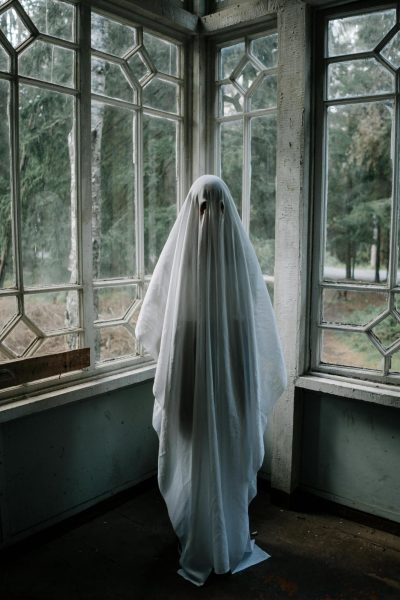
The Partnership of Joy and Fear
During a frightening scenario, the limbic system controls the body’s stress response. This system includes brain parts connected to the hypothalamus, which triggers physical reactions like dilated pupils, sweating, and increased heart rate. With this, there is a release of neurotransmitters such as adrenaline and dopamine, also known as “feel good chemicals.” Similarly, when experiencing joy the body releases the same endorphins and the hypothalamus triggers the same physical responses. Because they are so closely linked, it is common to seek out adrenaline-increasing situations as it can provide a positive stimulus in the brain. Nicole F. Roberts, writing for Forbes Magazine, discusses this in her article “The Science of Scare,” claiming, “[By] understanding these neuroscience and physiological-based processes, one can then apply those lessons to the fear seeking behaviors of those who love extreme sports, haunted houses, and scary movies.”
The Benefits
In the article, “The Psychology Behind Why We Love (or Hate) Horror” for the Harvard Business Review Haiyang Yang and Kuangjie Zhang state, “While we feel highly stimulated during a horror experience, a sense of relief arrives after a positive conclusion of the experience.” This is due to the fact that fear can also bring a sense of emotional catharsis, which is the process of releasing strong and repressed emotions. By intentionally engaging in fear-inducing experiences allows for the release of pent-up or suppressed emotions. This can result in a release of built up emotions and even a decrease in stress and anxiety after the fact.
Additionally, being in thrilling situations with other people can often create a sense of community. Bonding and socializing can increase a hormone in the body known as oxytocin. When experiencing fear, oxytocin is also released, linking the two experiences. This can increase the feeling of affinity and sympathy and make the situation more enjoyable. Continually, because we are comfortable with those in our community, it in turn makes the situation more comfortable. This can make the whole situation feel safer overall. Since engaging in the fear inducing scenario is a choice, it can also provide a sense of safety as we know the risk and how much is truly at stake.
The Balance
However, there are still people that find no joy in thrilling or fearful situations. “The balance between fear and enjoyment isn’t linear but rather a curve that varies by individual, known as the “sweet spot of fear.” Though we have the same physical responses, almost everyone has different emotional responses, making their personal equilibrium different. This is why there is a spectrum of people that enjoy frightening experiences to the extreme known as “Adrenaline Junkies” and those that can’t handle any fright, and intentionally avoid it. Matheis Classen touches on why this may be in his article for Psychology Today “Why Some People Don’t like Horror Movies” when he suggests, “The individual sweet spot is a function of one’s personality, such as how much of a sensation seeker one is, how open to experience one is, and how high in trait ‘need for affect’,” He goes on to explain, “that is not to say that the setting of your sweet spot is hard-wired from birth…the sweet spot of fear is calibrated over time and with experience.”
With Halloween right around the corner, it’s an opportune time to explore the psychology of fear in a controlled environment. Whether through haunted houses or horror films, these experiences offer a chance to understand our reactions to fear and the psychological benefits that come with it!


